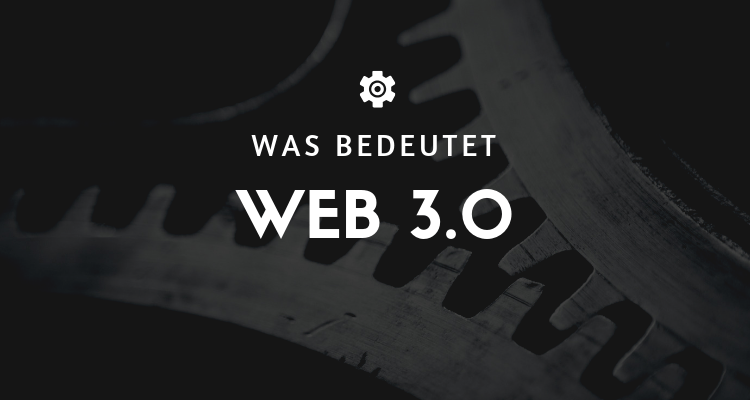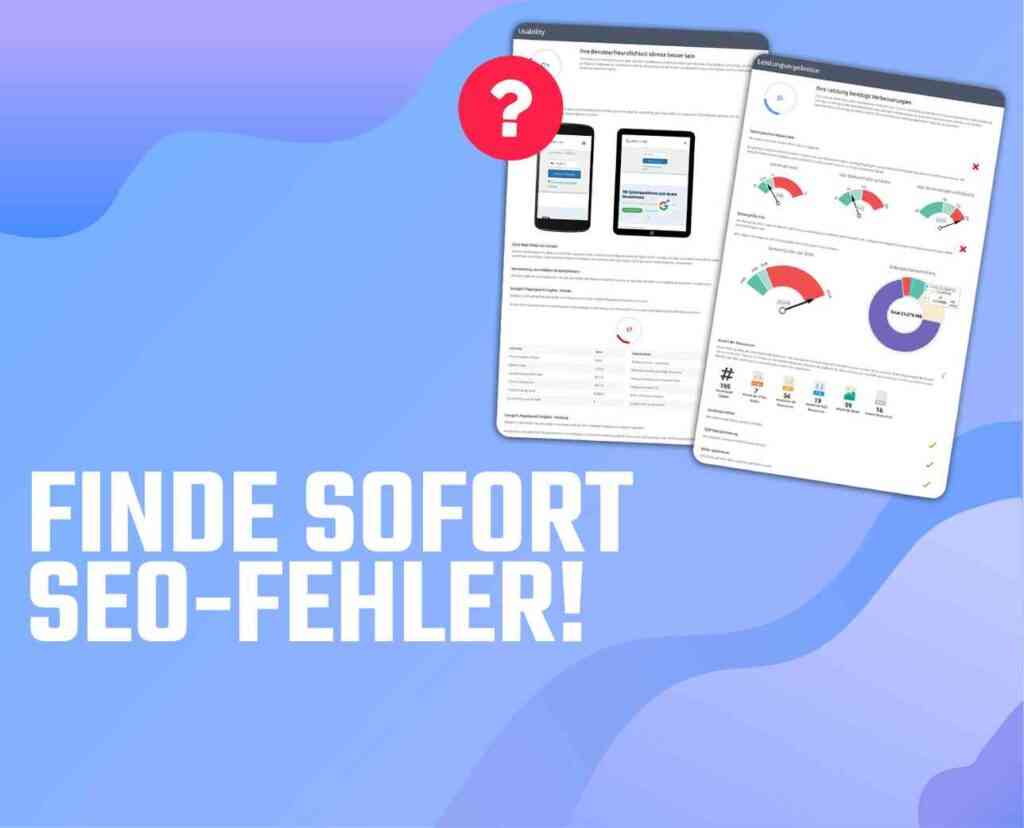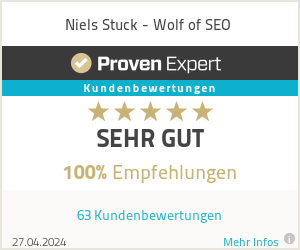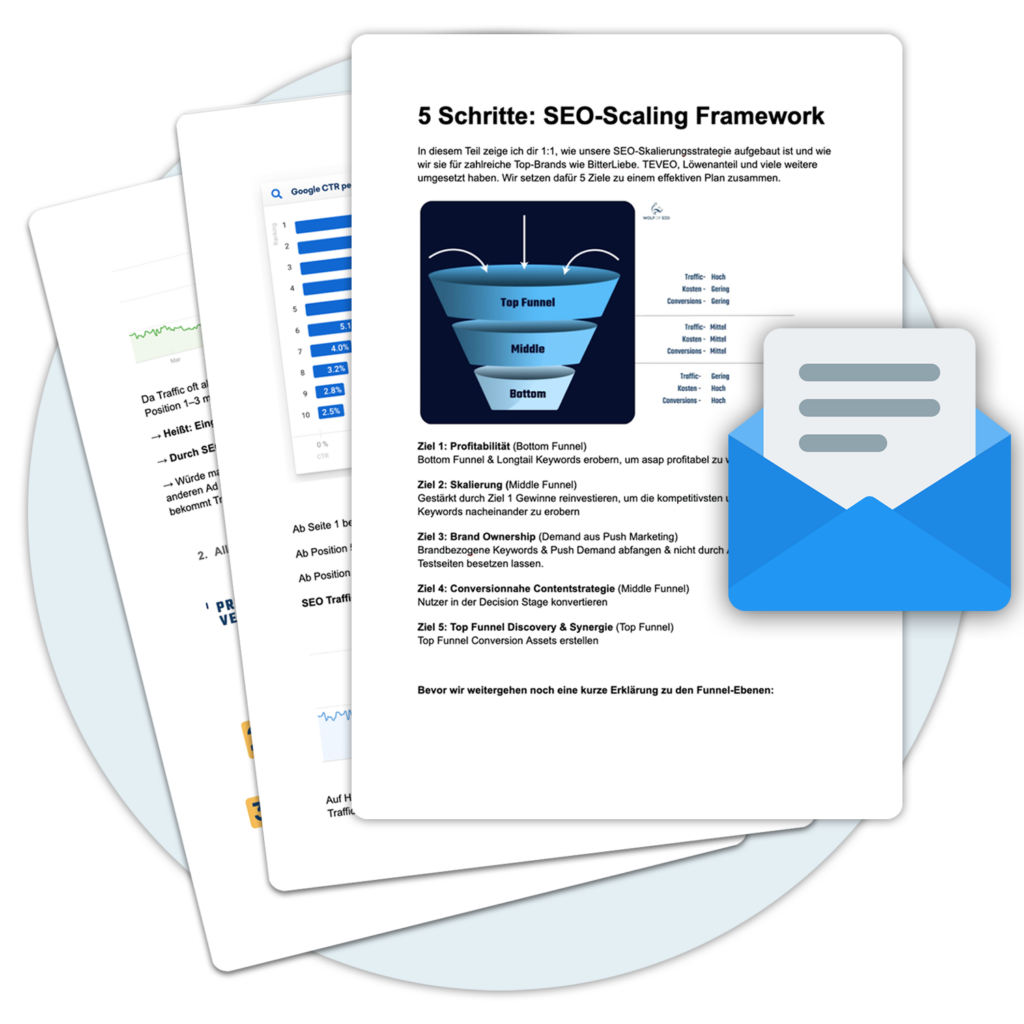Web 3.0 - What does it mean?
If you are looking for a Web 3.0-If you look for a definition, you will probably not find a clear and unambiguous explanation. In 2006 said Tim Berners Leethe founder of HTML and the World Wide Web: "People always ask what Web 3.0 is. I think when you are in the Web 2.0 and when accessing a semantic web (Semantic Web) integrated over a huge data space, has an overlay of scalable vector graphics - everything ripples and folds and looks blurry - you might have access to an incredible data resource".
Global IP traffic will nearly triple in the next 5 years, annual global IP traffic will reach 2.3 ZB per year by 2020, smartphone traffic will exceed PC traffic by 2020, and the number of devices connected to IP networks will more than triple by 2020. While it is undeniable that data volumes are growing faster than ever before (and we will continue to create new content every second), the debate over a Web 3.0-definition and its connections to the digital data universe is still open.
Web 2.0 and Web 3.0 - What's the difference?
Web 2.0 is a term used to describe the second generation of the World Wide Web, characterized by the use of interactive and social elements. Web 2.0-Applications enable users to create and share content, for example in the form of blogs, forums, wikis, and social networks.
Web 3.0, also known as the semantic web or "intelligent web", refers to a vision by Tim Berners-Lee, the inventor of the World Wide Web, of a web that is machine-readable and interpretable and in which machines such as computers and smartphones are able to have human-like conversations and answer questions. This would be made possible by using ontologies and linking data to understand and better interpret the meaning of information on the web.
Some of the key differences between Web 2.0 and Web 3.0 are:
- User interaction: Web 2.0 allows users to create and share content, while Web 3.0 would allow users to ask questions and get answers from machines.
- Data structure: Web 2.0 mainly uses unstructured data created by humans, while Web 3.0 Structured data which can be interpreted by machines.
- Artificial Intelligence: Web 2.0 mainly uses simple search algorithms, while Web 3.0 could use artificial intelligence and machine learning to understand and interpret content.
- Personalization: Web 2.0 Offers personalized experiences through the use of Cookies and analyzing user behavior data, while Web 3.0 could enable personalized experiences through the use of ontologies and linking data.
- Access: Web 2.0 is accessible to all users, while Web 3.0 might be limited to certain user groups that have access to specialized tools or data.
It is important to note that Web 3.0 is currently still under development, so these definitions are not set in stone. There is also much debate about what exactly Web 3.0 will be and when it will actually occur.
In summary, one could say that Web 2.0 emphasizes the Web as a platform for collaboration and information sharing among people, while Web 3.0 emphasizes the Web as a platform for collaboration and information sharing between people and machines.
Web 3.0 definition: 5 main features
It is easier to see the key differences between Web 1.0 (users passively consult Web pages and, for the most part, do not participate in content creation) and Web 2.0 (users create content and interact with websites and each other via social media, forums, etc.). Instead, the differences in the Web 3.0 not so clearly defined. The term "Web 3.0" coined in 2006 by New York Times reporter John Markoff, refers to a new evolution of the web, its third generation, and includes specific innovations and practices.
Web 3.0 - 5 main functions to define:
1.) Semantic Web
The next development of the web concerns the Semantic Web. The Semantic Web Improves web technologies to generate, share, and connect content and text through search and analysis, based on the ability to understand the meaning of words, rather than keywords or numbers.
2.) Artificial intelligence
By combining this capability with natural language processing, computers can be used in the Web 3.0 Understand information like people do to deliver faster and more relevant results. They become smarter to meet the needs of users.
3.) 3D graphics
Three-dimensional design is used intensively in websites and services in the Web 3.0 used. Museum guides, computer games, E-commerce, geographic relationships, etc. are examples that use 3D graphics.
4.) Connectivity
With Web 3.0 are information through semantic Metadata more connected with each other (Semantic Web). As a result, the user experience evolves into another level of connectivity that leverages all available information.
5.) Ubiquity
The contents are available via the Web 3.0 accessible to multiple applications, each device is connected to the web, services can be used anywhere.
Web 3.0 - How it can change our lives
These functions bring us closer to a Web 3.0-definition in more detail. Let's now look at an example that uses these 5 Web 3.0-functions.
At Web 3.0 you can simply ask your car assistant a question while driving ("I want to watch a romantic movie and eat Italian Food order"). The embedded Search Engine offers you in the Web 3.0 a personalized response that takes into account your location and suggests the closest movie theater that matches your preference, as well as a good Japanese restaurant, by automatically viewing reviews on social media. In Web 3.0 it could then even show a 3D menu from the restaurant in the display.
This scenario of the Web 3.0 is not a dream. Most often, this concept of Web 3.0 already a reality today thanks to cognitive technology (e.g. Semantic Web and artificial intelligence). With the help of semantic analysis (Semantic Web) and natural language processing, Cogito's cognitive technology in Web 3.0 helps you understand meaning and gain insights from web content and unstructured data.
Advantages of Web 3.0
It offers a number of advantages, including better security, higher availability, and better scalability. Since there are no central servers that may be vulnerable to attacks and failures, it is much more secure than traditional web architectures. It can also provide higher availability as there is no single point of failure. Since it is decentralized, it can also scale to support more users without overloading a single server.
- Decentralization: Web 3.0 is designed to break down centralized systems and put control back into the hands of users. For example, with decentralized social networks like Mastodon, users can run their own servers and better protect their data and privacy.
- Data security: In Web 3.0, your data is better protected because you have control over it. One example is decentralized identity solutions like uPort, where you decide what information you want to share and what you don't want to share.
- Content monetization: Web 3.0 makes it possible for artists and Content-creators to be supported directly by their fans. For example, they can publish their own music on platforms such as Audius and be paid directly by listeners in cryptocurrencies.
- Interoperability: Web 3.0 makes it possible for different services and applications to communicate and collaborate with each other. Look at the "Metaverse", for example, where you can switch your digital identity and assets between different virtual worlds and games.
- Transparency and traceability: In Web 3.0, most actions are recorded on a blockchain, which means they are public and transparent. An example of this is the trading of crypto artworks (NFTs) on platforms like OpenSea, where you can see the entire history and value of an artwork.
Disadvantages of Web 3.0
However, Web 3.0 also has some disadvantages. One of the biggest disadvantages is that it can be difficult to keep control of the network if it is a decentralized network. Another disadvantage is that it is much more difficult to measure performance because there is no central server to store all the data.
- Complexity: Web 3.0 can be quite complicated for many people, especially for those who are not so tech-savvy. For example, it can be quite difficult to buy cryptocurrencies, create a wallet and keep it safe.
- Energy consumption: Some blockchains, such as Bitcoin, use proof-of-work (PoW) as a consensus algorithm, which is extremely energy intensive. This leads to high power consumption and environmental impact, which many people consider problematic.
- Volatility: Cryptocurrencies, often used in Web 3.0, are known for their price volatility. This means that the value of crypto tokens can rise or fall quickly. For example: you could buy something for 1 ETH today, but tomorrow the value of 1 ETH could be completely different.
- Privacy issues: Although Web 3.0 improves data security, there are still privacy issues. Since many actions on public blockchains are recorded, they can be viewed by anyone. For example, on Ethereum, you can track the transaction history of wallet addresses, which can lead to unwanted transparency.
- Immature technology: Web 3.0 is still at a relatively early stage and many projects and technologies are not yet fully mature. This can lead to technical problems or security vulnerabilities. An example of this is the DAO hack in 2016, where millions of dollars in Ether were stolen due to a vulnerability in a smart contract.
These are some of the drawbacks of Web 3.0 that you should keep in mind.
Use cases
Web 3.0 can be useful in many different use cases. For example, it can be used to enable more secure online banking services by providing better security than traditional web architectures. It can also be used to create a more consistent and stable experience for users by supporting multiple users simultaneously.
10 future use cases of Web 3.0:
- Personalized advertising: It will provide the ability to display personalized advertising based on user behavior and interests.
- Processing of large amounts of data: It will be able to process large amounts of data quickly and effectively to provide better results and recommendations.
- Machine Learning: It will advance machine learning by analyzing user behavior and inferring patterns and trends to make better decisions.
- Improved Search results: It will have the ability to better understand user intentions and provide more relevant Search results to deliver.
- Improved safety: It will help reduce the risk of cyberattacks and data leaks by introducing better security features and protocols.
- Virtual Reality: It will enhance the virtual reality experience by providing better integration of VR content into the Browser enables.
- Internet of Things: It will help improve the Internet of Things by making it easier for devices to interact with each other and with the Internet.
- Artificial Intelligence: It will explore the integration of AI technologies into the Browser enable, which will lead to improved chatbots and other applications.
- E-commerce: It will offer the possibility to create personalized E-commerce-experiences by taking user behavior and interests into account.
- Education: It will revolutionize education by providing personalized learning platforms and content and improving collaboration between students and teachers.
Current examples
- Decentralized Finance (DeFi): DeFi is a huge area in Web 3.0 that enables traditional financial services like loans, trading, and interest on cryptocurrencies, but without central institutions like banks. An example of this is the platform Aave, where you can lend or borrow cryptocurrencies and get or pay interest on them. Everything runs via smart contracts and you have full control over your funds.
- Non-Fungible Tokens (NFTs): NFTs are digital assets that represent uniqueness and ownership of digital artworks, collectibles or even virtual properties. The OpenSea platform is an example of where you can buy, sell, and discover NFTs. Artists and collectors use NFTs to monetize their digital creations and prove ownership of their works.
- Decentralized Social Networks: In Web 3.0, there are social networks that give control and ownership of data back to the users. One example is Mastodon, which works like Twitter, but runs on many decentralized servers that are run by the users themselves. You can create your own Mastodon instance or join one and have more control over your data and privacy.
- Decentralized identity solutions: In Web 3.0, there are solutions that allow you to manage and control your digital identity yourself. One example is uPort, a decentralized identity service based on the Ethereum blockchain. With uPort, you can decide for yourself what personal information you share and which services you grant access to it.
- Decentralized marketplaces: In Web 3.0, there are also marketplaces that work without central instances and where you can trade goods and services directly with other users. One example is Origin, a decentralized marketplace based on the Ethereum blockchain. There, you can buy or sell products and services directly from other users without a central platform like Amazon or eBay in between.
Conclusion
So, Web 3.0 could be the future of the Internet because it takes power away from the big, centralized companies and back to the users. It means that you and I have more control over our data and our online interactions.
Decentralization is one of the main features of Web 3.0, and it opens up many opportunities for innovation and collaboration. As a result, exciting new projects are emerging that aim to give us a better and freer Internet. For example, there are decentralized social networks that give users more control over their data and privacy, or decentralized marketplaces that allow us to trade directly with each other without centralized platforms like Amazon or eBay.
Another important aspect of Web 3.0 is security. By using blockchain technology and cryptography, we can ensure that our data is better protected and does not fall into the wrong hands. This can help us restore our trust in the Internet after it has been shaken by scandals and data leaks in recent years.
And then there's interoperability. Web 3.0 enables different applications and services to communicate and collaborate with each other. This makes the Internet much more diverse and exciting because we can discover new synergies and opportunities. For example, we could easily switch our digital identities and assets back and forth between different platforms and games.
Of course, not everything is perfect, and there are also challenges and concerns related to Web 3.0. For example, it can be quite complicated and confusing to deal with cryptocurrencies and blockchain technology, especially for those who are not so tech-savvy. Privacy and environmental concerns are also important issues to consider.
But overall, Web 3.0 offers the chance to reshape the Internet and make it a place developed by users for users. It has the potential to make the Internet fairer, freer, and more creative - and that's why many people believe Web 3.0 could become the future of the Internet.
« Back to Glossary Index






